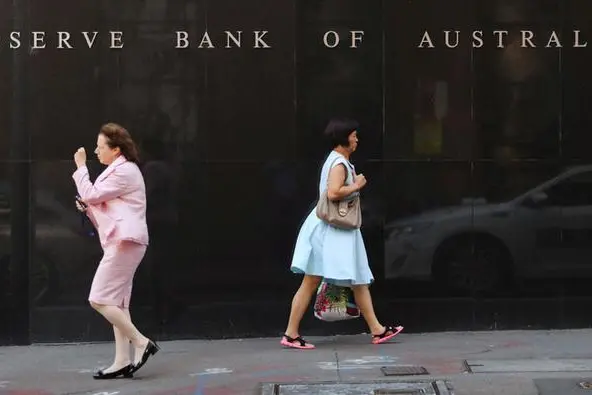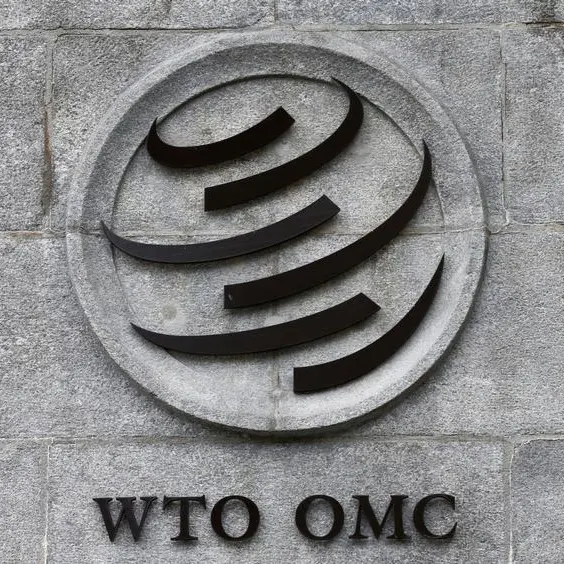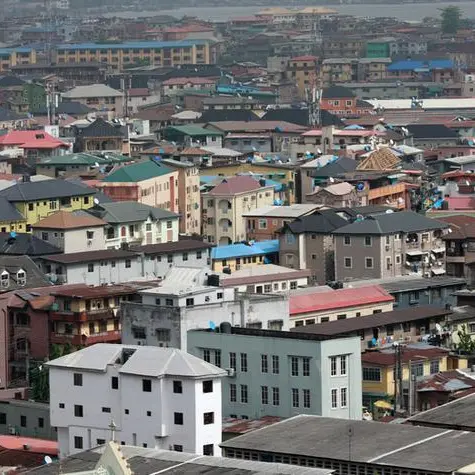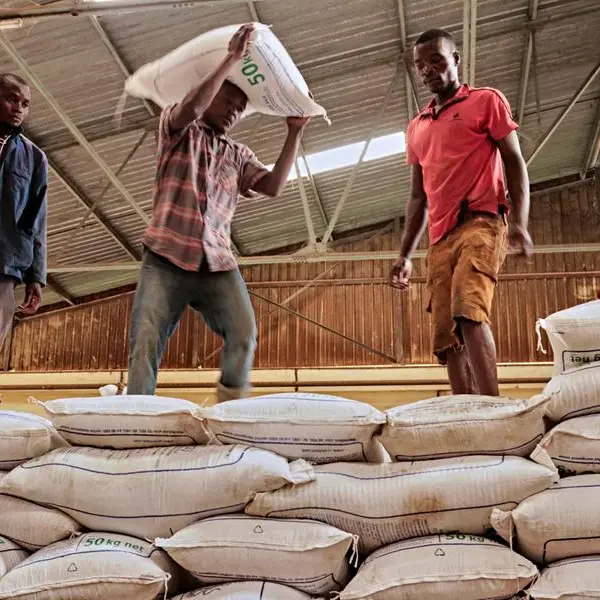PHOTO
SYDNEY - Australia's central bank was looking to strike a balance between the damaging effects of crumbling home prices on consumer spending against a sturdy labour market when it left interest rates at a record low earlier this month.
Minutes of the Reserve Bank of Australia's (RBA) March policy meeting showed members spent considerable time discussing the fall in the supply and demand for home loans and the implications of cooling housing prices on the country's economy.
Members assessed that reduced demand from borrowers, particularly property investors, largely explained the credit slowdown. Members also noted the recent weakness in household consumption, with cars sales especially hit by nosediving property prices.
The Board also saw a risk of a "marked slowing" in home building in the next year or two unless pre-sales picked up significantly.
Fears negative wealth effects from housing would take a toll on the wider economy explains why the RBA is so focused on the resilience of employment.
"Members agreed that development in the labour market were particularly important," the minutes showed.
"There continued to be considerable uncertainty around the outlook for consumption given the environment of declining housing prices in some cities, low growth in household income and high debt levels."
Data out following the March meeting showed the Australian economy was surprisingly weak in the December quarter, growing just 0.2 percent from the previous quarter.
Yet, that sat at odds with continued strength in the jobs market where unemployment is at a 7-1/2 year low of 5.0 percent.
Policy makers expect a further fall in the unemployment rate to around 4.75 percent, which would lead to a gradual pick up in wages.
The unpredictability around how consumers would react to potential further losses in housing prices led the RBA to downgrade its forecasts for growth through 2021 while expecting an even slower pick-up in inflation.
That also led the RBA to shift away from its long-held tightening bias to bring rate cuts back on the table. The minutes showed the risk for interest rates to go in either direction was "evenly balanced".
The RBA has left rates at 1.50 percent since August 2016 but an increasing number of economists are now predicting a cut later this year.
Financial markets are fully pricing in a 25-basis-point cut by August.
The RBA has taken heart from strong public investment in infrastructure and a revival in business investment, while a robust labour market was also likely to boost household income.
More worryingly, the RBA noted trade tensions remained a continued source of uncertainty for the global outlook, with few signs of a resolution between the United States and China.
Australia is heavily leveraged to global trade, with China its No.1 trading partner, so any deceleration in momentum overseas will likely be negative for its economy.
(Reporting by Swati Pandey; Editing by Wayne Cole) ((swati.pandey@thomsonreuters.com; +61 2 9321 8166; Reuters Messaging: swati.pandey.thomsonreuters.com@reuters.net; twitter.com/swatisays))












